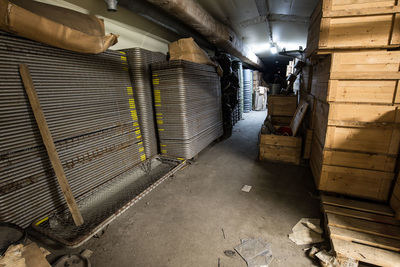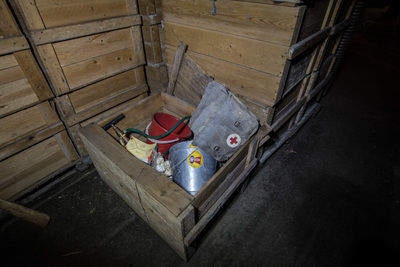


Here’s a sampling of news items that First Coast citizens read in 1962:

Just like other Americans, Jacksonville residents worried about protection against an enemy attack. But from behind the locked door of their small shelter, could they turn away their friends, such as Fonzie, Potzie, and Ralph Malph? In the end, the Cunninghams decided against a shelter, taking their chances with most everyone else.Ĭivil defense used to be a monster concern during the Fifties and early Sixties. If the Soviet Union bombed America, the Cunninghams would’ve sought safety in their shelter. NOT SO FUN TIMES - In an episode of “Happy Days,” the Cunningham family debated whether it should build a fallout shelter in the backyard. Even though the USSR eventually backed down, people everywhere stayed jittery. The issue centered on the American discovery of Soviet nuclear missiles in Cuba, just 90 miles from Key West, Florida. Within a month after the article, the world quaked as the US and the USSR went eyeball-to-eyeball in an atomic showdown. This was a good thing, opined the Times-Union, for some observers considered Jacksonville and its navy bases to be prime targets. Duval County provided shelter space for one-third of its inhabitants, compared with Dade County (Miami), with only 16% of its population covered, and Hillsborough County (Tampa), with only 9% protected. Jax residents enjoyed better odds of finding refuge in a bomb fallout shelter than any other Floridians. THE PLACE TO BE? - Jacksonville led the rest of the state in nuclear preparedness in 1962, according to the Florida Times-Union of September 24 that year.


 0 kommentar(er)
0 kommentar(er)
